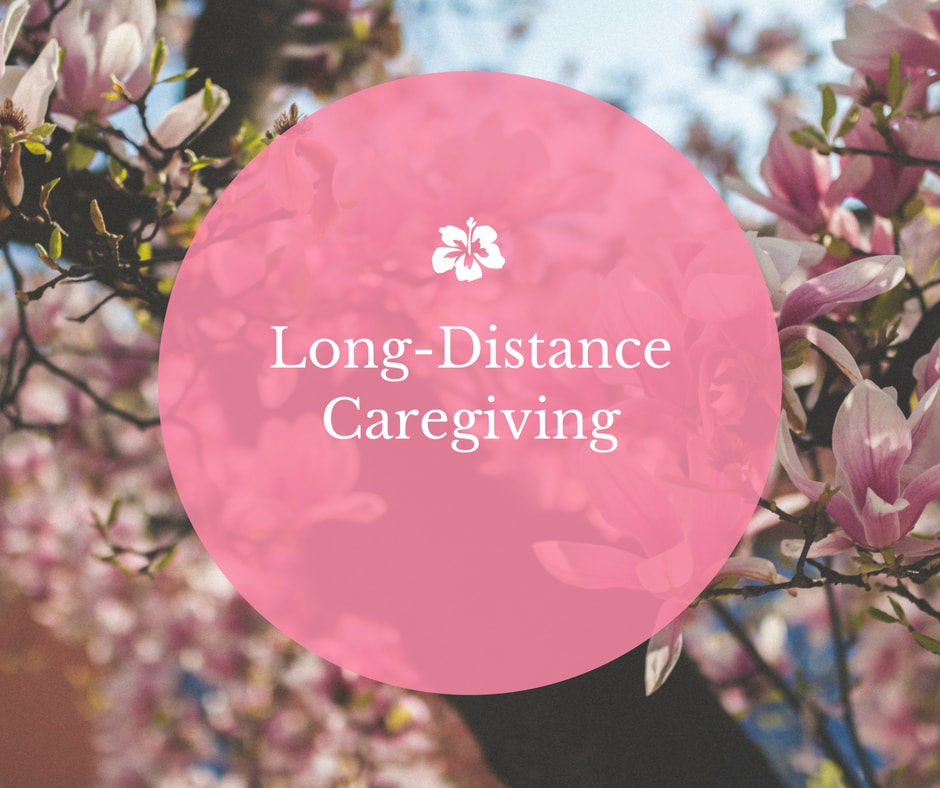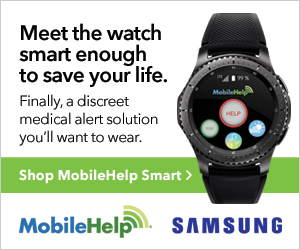Building a Long-Distance Caregiving Network
Written by Deb Hipp, a freelance writer who covers elder and caregiving issues and has more than 20 years of experience as a journalist and writer. She is a contributing writer for A Place for Mom.
Around 5 to 7 million Americans are long-distance caregivers and that number is expected to double by 2020, according to the Family Caregiver Alliance. Those caregivers may already be in contact with a care manager or in-home care provider, but it’s also a good idea to build a more casual network of local family and friends who can watch out for a senior loved one.
Long-Distance Caregiving
One day, Shelly Beach received an alarming phone call from a member of a group that dined out with her parents every week. “Your dad passed out today at the Old Country Buffet. He was taken away in an ambulance,” the family friend told her. “And your mother just kept on eating.”
She was already driving nearly a thousand miles roundtrip every two weeks, from Cedar Falls, Iowa, to Muskegon, Michigan, to visit her dad and mom. Meanwhile, her parents’ friends were growing increasingly concerned about her mom, 78, who had Alzheimer’s and her dad, 80, whose own health had declined due to the strain of caregiving for his wife.
“Someone would call and say, ‘I’m worried about your dad, that this is too much for him,’” says Beach. Others mentioned that her dad was eating TV dinners or relayed news about her mother’s disheveled appearance.
Sometimes, she learned second-hand about serious matters that her father failed to mention.
“When I talked to my dad on the phone, he didn’t tell me that he had to be taken away from the restaurant in an ambulance,” Beach says. Without that call from a friend, she might have never heard about the troubling incident.
The Benefits of a Long-Distance Caregiving Network
Many long-distance caregivers may already be in contact with a care manager or in-home care provider, but it’s also a good idea to build a more casual network of local family and friends. Other people’s assessments may be more realistic than your own, since a loved one may try to put on a good front when you visit.
It’s possible that family, friends and neighbors might already be concerned about your loved one, says Jennifer FitzPatrick, author of “Cruising Through Caregiving: Reducing the Stress of Caring for Your Loved One.”
“They may have noticed your loved one’s issues but worried they could be overstepping by reaching out to you with concerns,” says FitzPatrick. “On the other hand, many of your loved one’s friends and neighbors are busy with their own lives and haven’t noticed.”
Fortunately, Beach, author of “Ambushed by Grace: Help and Hope on the Caregiving Journey,” had already built a network of people close to her parents who could stop by regularly to visit. She’d exchanged phone numbers with others, who often saw her father and mother at church, local businesses or social events.
Her parents had next-door neighbors, Ellen and Joe, who also watched out for the couple. “Ellen and Joe were back and forth to their house all the time, with their eyes on my parents every day,” says Beach.
Meanwhile, Beach’s father-in-law, who had Parkinson’s disease, was also living with Beach and her family in Iowa. The bi-weekly treks to Michigan were exhausting but necessary.
During one of those visits, Beach found her dad passed out in the bathroom. He’d collapsed and hit his head. “My mother was stark naked and confused about what was going on,” she says. “I didn’t know whether to throw a blanket over Mom or stop Dad’s bleeding.”
She picked up the phone and called Joe, who raced over immediately to help.
Ways to Build a Long-Distance Caregiving Network
If you’re a long-distance caregiver, building a local network to help assess a loved one’s overall well-being is crucial. But how do you go about setting the group up?
Start by writing down all the people that you and your loved one know, says FitzPatrick. Then think about what each person on the list does best. Who might be best at hands-on care? Who loves to run errands? Match up each person with their skill set. Keep in mind that that involving other people must sometimes be handled delicately.
“If your loved one has advanced dementia, it may be best to not discuss with him or her that you are reaching out for support,” says FitzPatrick. “But if your loved one doesn’t have dementia, ask them how they feel about letting your mutual network know there is a health issue.” Engaging the informal network could backfire unless your loved one agrees, she says.
FitzPatrick’s suggestions for persuading your loved one to be open to a network of people involved in their welfare include:
-
Consider utilizing a free service
Such as LotsaHelpingHands.com for communicating what each person is doing.
-
Frame the network
As a way to “give Uncle Jim something to do” or “help your friend Sue feel less worried about you.”
-
Let your loved one know your boundaries
Be clear about how much you can contribute and how often you’ll be able to visit.
-
Remind your loved one
That paying for help rather than seeking help from friends or neighbors is an option only if his or her budget allows.
Beach and her family later moved to Grand Rapids, Michigan, to be closer to her parents. After her father-in-law with Parkinson’s went into a long-term care community, Beach’s parents then came to live with her and her family. However, the previous informal network allowed Beach and her brother, who lived 200 miles from her parents, to continue caregiving at a distance until the move became necessary.
“My parents lived in a very caring community,” says Beach, who created the Facebook group Caregiving Journey, based on her caregiving experiences. “My husband and I could never have undertaken this type of care without a network of people who helped us.




































